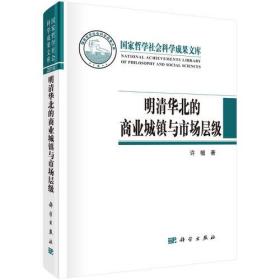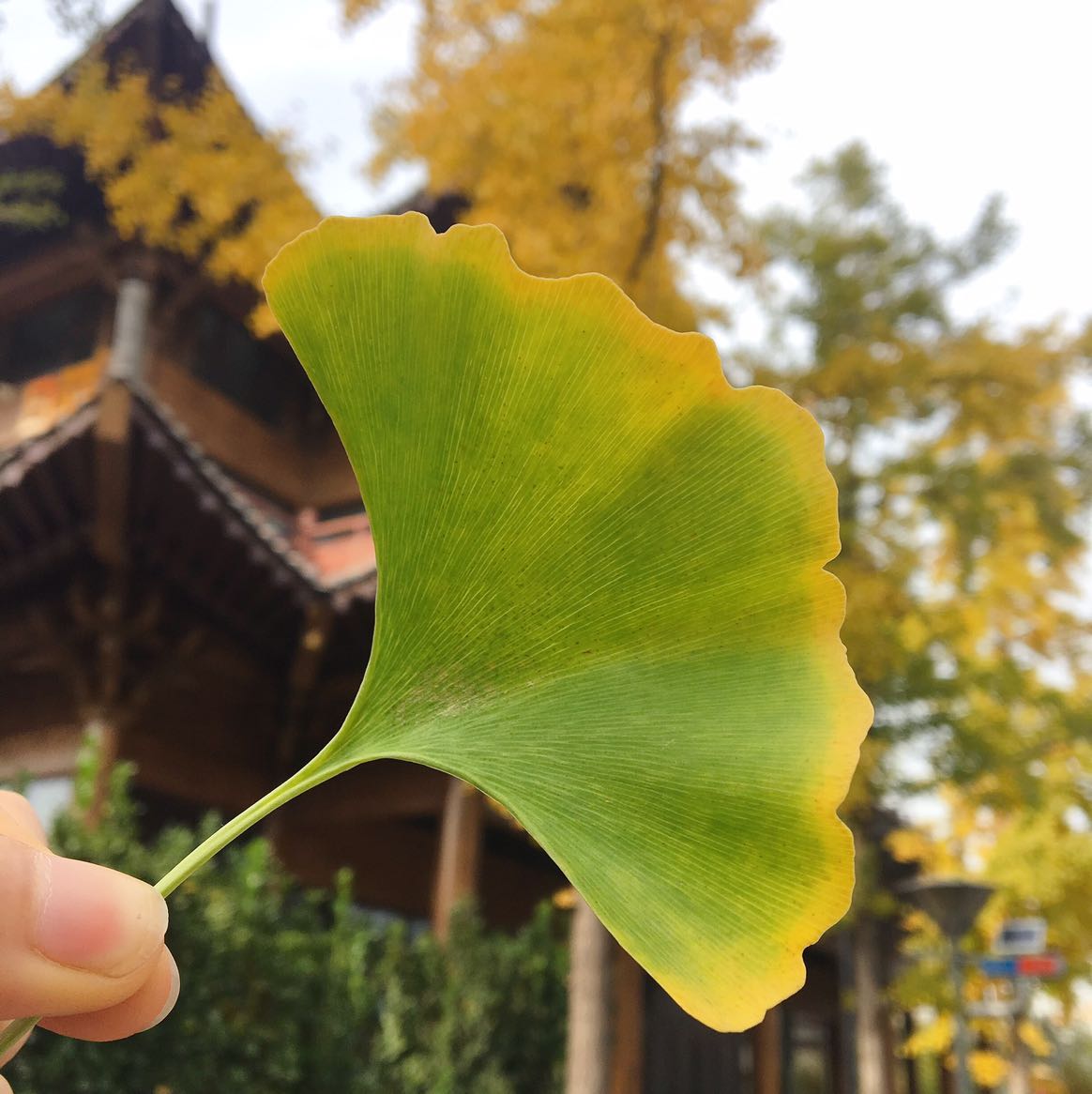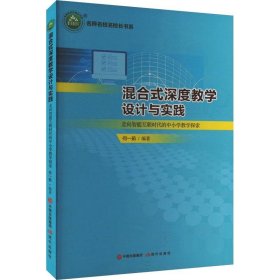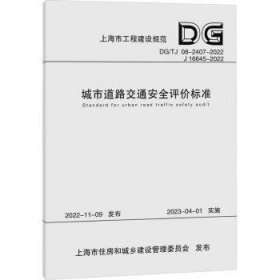
明清华北的商业城镇与市场层级
全新正版未拆封
¥ 69.98 4.7折 ¥ 148 全新
库存2件
山东济宁
认证卖家担保交易快速发货售后保障
作者许檀
出版社科学出版社
出版时间2021-04
版次1
装帧其他
上书时间2024-10-03
- 在售商品 暂无
- 平均发货时间 42小时
- 好评率 暂无
- 最新上架
商品详情
- 品相描述:全新
图书标准信息
- 作者 许檀
- 出版社 科学出版社
- 出版时间 2021-04
- 版次 1
- ISBN 9787030682598
- 定价 148.00元
- 装帧 其他
- 开本 16开
- 纸张 胶版纸
- 页数 502页
- 字数 460.000千字
- 【内容简介】
- 本书是作者在20多年实地调查和个案研究基础上,对明清时期华北城市与市场进行的综合性研究。全书共分三编八章,对明清时期冀鲁豫三省50多个较重要的城、镇进行了系统考察梳理,在城市覆盖面上远超过以往华北研究中的举例性考察;特别是对其中30多个不同等级、不同规模的商业城镇的重点考察,更弥补了以往研究中薄弱的部分。作者开创的以商人会馆集资的“抽厘率”折算经营规模,利用商人捐款的地域分布考察商镇腹地范围的方法,以及对传统城市研究新的指标体系的探索,有助于推进传统商业城镇研究的量化和深入。
- 【目录】
-
绪论 (1)
一、明清时期商业城镇研究概况 (1)
二、本书的相关理论概念、资料特点与总体思路 (11)
三、本书的框架结构 (14)
第一编 明清时期华北的行政中心城市
第一章 明清两代的国都及其商业发展 (19)
第一节 明清两代京城空间布局的变化 (19)
一、京城的城市形态及其内部空间划分 (20)
二、京城人口及其空间分布 (25)
第二节 京城的商业街市及其空间分布 (30)
第三节 崇文门等税关及其税收 (44)
一、崇文门税关及其商品来源 (44)
二、左翼、右翼二关及其税收 (52)
第四节 京城的消费结构与特点 (54)
一、宫廷消费与官方采办 (54)
二、奢侈性消费引领市场 (55)
三、文化消费为全国最高水平 (56)
第二章 省会城市及其商业 (59)
第一节 河南省会开封及其商业变化 (59)
一、明清两代开封空间结构、人口结构的变化 (60)
二、明代开封的城市商业 (66)
三、清代开封商业的变化 (72)
第二节 山东省会济南及其商业特色 (80)
一、明清两代济南的空间分布、人口结构与商业发展 (80)
二、从《重修山陕会馆碑记》看济南的商业特色 (86)
第三节 明清两代的保定及其商业发展 (93)
一、明清两代保定行政地位的变化与人口增长 (93)
二、明清两代保定商业的发展变化 (98)
第三章 府级行政中心及其商业概况 (101)
第一节 明清两代对府城的修建 (101)
第二节 诸王就藩、八旗驻防对城市空间格局的影响 (105)
第三节 府城街巷与商业概况 (112)
第四节 各具特色的几个府级城市 (122)
一、直隶宣府镇(清代为宣化府) (122)
二、山东登州府 (127)
三、河南南阳府 (132)
第二编 明清时期华北商业城镇的发展
第四章 各级行政中心的转化:设有税关的城市 (141)
第一节 运河沿线的税关城市 (142)
一、临清 (142)
二、通州(坐粮厅) (153)
第二节 沿海税关城市 (163)
一、天津 (163)
二、山海关 (186)
第三节 内陆税关城市 (197)
一、张家口 (198)
二、多伦诺尔 (214)
第五章 各级行政中心的转化:未设税关的城市 (221)
第一节 运河沿线商业城市 (221)
一、济宁 (222)
二、东昌府治聊城 (229)
三、德州 (238)
第二节 沿海商业城市 (240)
一、胶州 (241)
二、莱阳 (246)
三、黄县 (247)
第三节 内陆商业城市 (248)
一、洛阳 (249)
二、青州府治益都 (257)
三、潍县 (259)
四、泰安 (262)
五、博山(颜神镇) (267)
第四节 华北的药都 (269)
一、祁州 (269)
二、怀庆府治河内 (283)
三、禹州 (292)
第六章 新兴商镇的崛起 (311)
第一节 河南的新兴商镇 (312)
一、朱仙镇 (312)
二、周口 (323)
三、赊旗 (334)
四、北舞渡 (348)
五、清化镇 (357)
六、荆紫关 (365)
第二节 直隶、山东的新兴商镇 (372)
一、张家湾 (372)
二、河西务 (379)
三、张秋镇 (380)
四、烟台 (384)
五、周村 (387)
第三编 明清时期华北商业城镇的空间分布与市场层级
第七章 商业城镇的功能与特点 (399)
第一节 城墙内外:城市形态与空间变化 (399)
一、城墙的修筑 (400)
二、商业发展对城市空间的影响 (402)
第二节 人口规模及其职业构成 (407)
一、冀鲁豫三省城市人口的估算 (407)
二、城市人口的职业构成 (410)
第三节 商业城镇的功能与特点 (415)
第八章 商业城镇的空间分布与市场层级 (429)
第一节 明清两代华北商业城镇的发展脉络及其空间分布 (431)
一、直隶的商业城镇 (433)
二、山东的商业城镇 (436)
三、河南的商业城镇 (439)
第二节 市场层级与行政等级 (441)
一、对商业规模的初步估算 (441)
二、地区性商业中心的腹地范围 (443)
三、市场层级与行政等级——兼与施坚雅的1843年华北中心地的等级—规模分布图进行比较 (447)
第三节 明清时期华北商业城镇发展的历史意义 (451)
一、华北商业城镇发展的宏观背景与空间分布变化 (451)
二、华北商业城镇发展的历史意义 (453)
主要参考文献 (459)
一、史籍 (459)
二、近人论著 (465)
索引 (478)
后记 (501)
Contents
Introduction (1)
I.Summaries of the Researches on Commercial Cities of Ming and Qing Dynasties
(1)
II.Theories, Features of Sources and the Central Idea
of This Book (11)
III.Framework of This Book (14)
Part 1: Administrative Cities in North China of Ming and Qing Dynasties
Chapter 1: The Imperial City of Ming and Qing Dynasties and Their Commercial
Development (19)
Section I: Changes of the Geographic Layouts of the Imperial City of Ming and
Qing Dynasties (19)
1.The Imperial City’s Urban Pattern and Its Interior
Space Division (20)
2.The Imperial City’s Population and Its Spatial
Structure (25)
Section II: Commercial Streets & Markets and Its Spatial Structure (30)
Section III: Chongwenmen and other Customs and Their Taxes (44)
1.Chongwenmen Custom and Its Merchandise Sources (44)
2.Zuoyi and Youyi Customs and Their Taxes (52)
Section IV: The Imperial City’s Consumption Structure
and Features (54)
1.The Imperial Palace’s Consumption and Purchasing
Commodities Officially (54)
2.Luxurious Consumption Was the Market Lead (55)
3.The Nation’s Highest Level on the Consumption of
Culture (56)
Chapter 2: Provincial Cities and Their Commerce (59)
Section I: Kaifeng City (Capital of Henan Province) and Its Commercial Dynamics
(59)
1.Dynamics of Kaifeng City’s Spatial and Population
Structures During Ming and Qing Dynasties (60)
2.Urban Commerce of Kaifeng City During Ming Dynasty (66)
3.Dynamics of the Commerce of Kaifeng City During Qing Dynasty (72)
Section II: Jinan City (Capital of Shandong Province) and Its Commercial
Features (80)
1.Jinan City’s Spatial and Population Structures and
Its Commercial Development During Ming and Qing Dynasties (80)
2.Commercial Features Discovered Based on the Studies of the “Inscription of Re-building Shanxi and Shaanxi Commercial Guild.” (86)
Section III: Baoding City and Its Commercial Development of Ming and Qing
Dynasties (93)
1.Changes of Baoding City’s Administrative Status and
Its Population Growth During Ming and Qing Dynasties (93)
2.Dynamics of Baoding City’s Commercial Development
during Ming and Qing Dynasties (98)
Chapter 3: Urban Prefectures and Their Commerce Overview (101)
Section I: Building Prefectures in Ming and Qing Dynasties (101)
Section II: Influences Towards Urban Spatial Structure Caused by Ming Dynasty’s Feudal Princes Governing Local and Qing Dynasty’s Eight Banners Guarding System (105)
Section III: Streets Layouts of Prefectures and Their Commercial Overview (112)
Section IV: Several Prefectures with Their Own Features (122)
1.Xuanfu Town (Later became Prefecture Xuanhua in Qing Dynasty) of Zhili
Province (122)
2.Prefecture Dengzhou of Shandong Pro
点击展开
点击收起
相关推荐
— 没有更多了 —
















以下为对购买帮助不大的评价